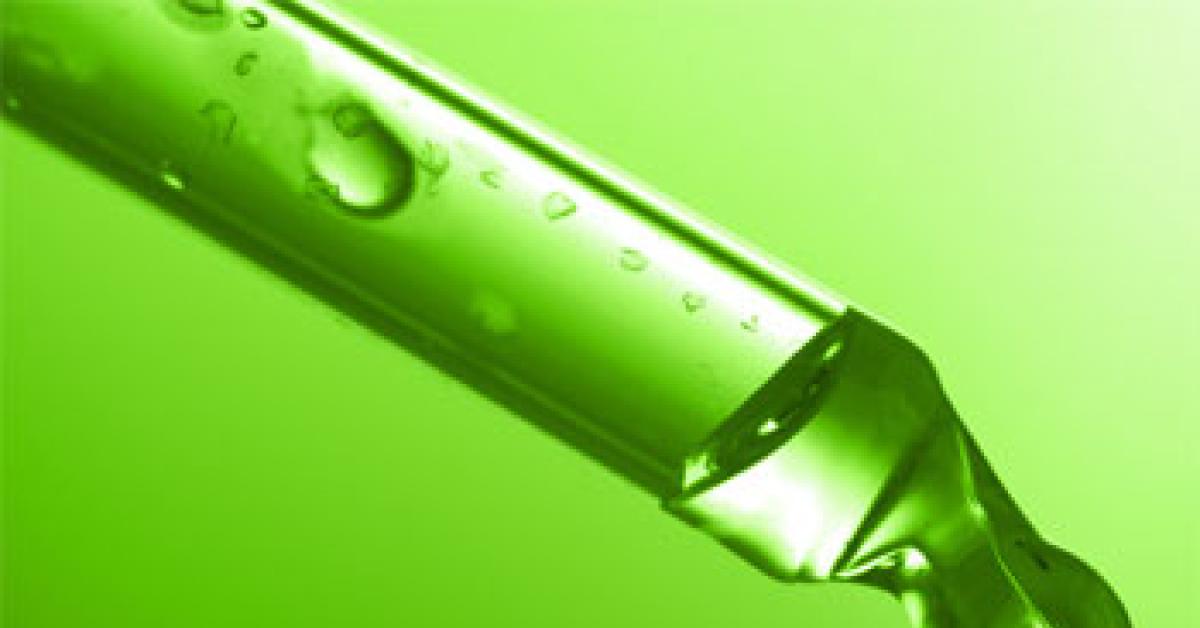CONCORD, N.C. — There are good rings, such as gold, silver, wedding, and even ear. But unfortunately, there are also some not-so-good rings: wet-side rings brought in to the cleaner by the customer, and wet-side rings left behind by attempts at stain removal.
These rings have one thing in common: as the circle of moisture dries, contents of the wet area migrate to the outer ring. We are never quite sure what the ring contains, but it is most likely water-soluble.
The rings that come across the counter from the customer usually contain a staining combination. Rings under the arms contain perspiration, while rings on the front are caused by beverages and sauces.
Many of today’s fashions are treated with an extra finish that is easily disturbed by water. The most common example of this is the appearance of “raindrops” on rayon garments. This disturbance of the surface finish will also cause rings to be left behind by water-based spotters. If these stains are not properly flushed and dried, circles will remain on the edge of the stain. Some fabrics are sized to the point that wet-side spotting cannot be accomplished without a ring remaining.
Being familiar with the causes of rings will help make your treatment and removal efforts more effective.
Removing a customer’s perspiration stains requires that you begin by pre-spotting on the wet side. Flush the area with steam over the vacuum nose of the board, apply neutral synthetic detergent (NSD), and flush again with steam. Dry the area to prevent the ring from becoming larger. At this point, it is advisable to go back and “mist” the outside of the ring (containing salt and impurities) before repeating use of NSD. Work on one-quarter of the ring at a time and dry the area as quickly as possible. This procedure is absolutely necessary when dealing with heavily-sized fabric, and allows the cleaner/spotter to handle sensitive fabrics without creating larger or additional rings.
One of the easiest, most effective methods to deal with the residue left by moisture rings involves use of a leveling agent. After drying the affected area, cover it with the leveling agent and hang the garment aside for about 15 minutes. This will allow the agent to absorb the moisture in the stain as well as any moisture left from spotting. Make sure that the leveling agent covers the whole area previously worked, including the entire outer edge of the ring. You can now clean the garment to remove the rest of the ring without fear of redeposition.
A fine mist of leveling agent from a spray bottle will level out those raindrops in a rayon garment. Pre-mixed agents can be purchased from your local supplier.
You must break down rings such as perspiration through wet-side spotting; the leveling agent alone will not remove the impurities of the staining ring.
Wet cleaning is a real option. I mean real wet cleaning, not just using water immersion. Wet cleaning is a defined system to handle sensitive fibers that often carry a care label of “Dryclean Only.” Wet cleaning is using strict control of mechanical action with a detergent/surfactant with a neutral or slightly acidic pH, reduced water temperature (about 87 F), and controlled drying to about 15% relative humidity.
Wet cleaning is a viable supplement to solvent immersion. In the case of a garment that contains a large number of wet-side rings, or when the surface finish is disturbed, wet cleaning may well give the best results. If you have a dedicated wet-cleaning washer and humidity-controlled dryer, the job of removing rings is greatly simplified and can be done at a lower risk.
If you do not have dedicated wet-cleaning equipment, you still have an option. Mist the garment on the spotting board and take notice of how quickly the rings begin to break down. Pour three gallons of cold tap water in a bucket and add two ounces of the NSD you use on the spotting board. Agitate the water to mix the detergent with the water. Immerse the garment and allow it to soak for a few minutes. If the rings began to disappear quickly when misted at the spotting board, allow it to soak only three minutes. If the rings took a while to soften when misted, soak the garment for 7-10 minutes.
Rinse the garment in clear water, using minimal agitation. Then add an ounce of acetic acid to the water before rinsing the garment a second time. Finally, rinse the garment a third time in clear water. After this third rinse, roll—do not twist—the garment inside a clean, white towel. Allow it to sit for a couple of minutes, then unroll the towel and hang the garment to air-dry.
Removal of water rings from garments can be a time-consuming process, but it is a great way to demonstrate your expertise. Your customers expect results, so give them your best effort.
Have a question or comment? E-mail our editor Dave Davis at [email protected].

